Building Utopia
How can new housing developments work for everyone?

Foreword
Gavin Taylor
There is an urgent need for a paradigm shift within the development market.
Developers live in a time of conflicting requirements. Quality, affordable housing is in high demand, and high on the political agenda. Carbon reduction is also a key priority, with many local authorities declaring climate emergencies and setting their own targets for carbon neutrality. Layer on top of these the requirement for social infrastructure, place-making and the actual risk of delivery, and it’s no wonder that some developers are crying for prioritisation, or a narrowing, of expectations.
But where does the health agenda fit within this competing hierarchy? FEC believe that this is not an ‘and/or’ scenario. Key qualitative interventions regarding health and social inequalities are the nexus of a successful regeneration programme. Diverse tenure mixes lead to successful community creation, which in turn leads to occupancy retention and an increase in asset value over time. A healthy state of living is now a consumer priority. This, along with carbon initiatives, enables early adopters a point of difference within the market
Current government policy appears to be focused on the number of homes built, rather than how developments affect factors such as health and wellbeing. In this context, how will utopia be delivered? Through a shift in government policy or an evolution of sector-specific practice?
Development practices have not radically advanced in the past 20 years, and when compared to sectors such tech and finance there is an opportunity for change and market-wide innovation. There is a clear and apparent need to do things better. If the development sector crafted regeneration around a series of health, carbon and societal ‘golden threads’, the ultimate outcome would be flourishing, sustainable communities which fulfil the needs of society but also lead to both social and financial returns.
This evolution is clearly a journey, and not one that the development sector can take alone. As contributors to this publication have argued, we need to work in collaboration.
Developers will require stable and supportive context from central government, along with innovation and best practice from supporting institutions, such as academia. But via this platform, we can deliver intergenerational change that will fulfil the dreams of so many, ride out economic waves, and protect the planet.

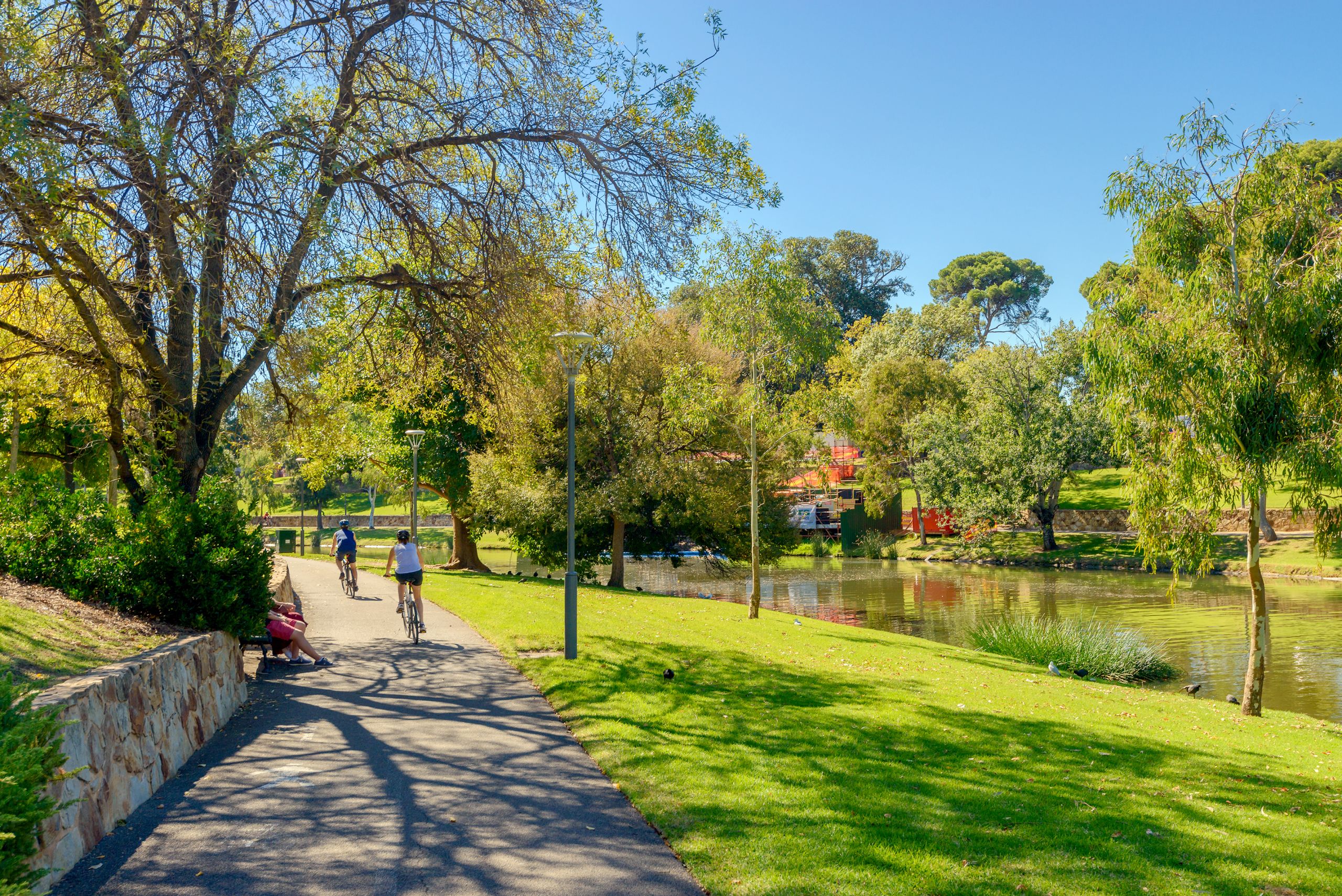
How to build healthy cities
Professor James Evans, Dr Luke Munford, Professor David Topping, Professor Sheena Cruickshank and Dr Jamie Anderson

By the end of this century 85% of humanity, some 9 billion people, will live in urban areas. The morphology of cities defines their environmental impact through such things as carbon emissions and air quality. But it also defines human health. Cities that enable people to switch from sedentary commutes, such as cars and public transport, to active commutes like cycling and walking will improve physical and mental health as well as reducing emissions. Cities lock in resource use patterns, behaviours and health outcomes. What is bad for the planet is bad for human health, and vice versa. An effective way to simultaneously improve health and the environment is building better cities.
Interlinked challenges of climate change and health
The relationship between environmental conditions and human health has been highlighted by climate change. At 1.5°C of warming, the Intergovernmental Panel on Climate Change (IPCC) project that twice as many megacities could become heat stressed, exposing more than 350 million more people to deadly heat by 2050. Almost 10 million people in England live in areas with very limited access to green space, despite growing evidence that green space improves human health and mitigates urban heating. Furthermore, over 90% of the world’s city dwellers breathe dangerously polluted air. This includes children who are exposed to air pollution on their daily journeys to and from school, which reduces their educational attainment, as well as their overall life expectancy and career earnings. Human health is increasingly moving up political and public agendas, and represents a key lever to rapidly change cities.
What we build now will last for at least 30 years, locking in health outcomes and sustainability performance past 2050, which means we need to get it right.
Greater Manchester has ambitious net zero targets for 2038 and the UK government plans to achieve net zero by 2050. This ‘low carbon transition’ provides an opportunity to rethink area-based initiatives towards addressing the interlinked challenges of climate change and health. Yet, radical transformations to the built environment, economy and ways of life are required to achieve the pace of change that is required. For example, encouraging cycling and walking requires remodelling streetscapes and disincentivising car use for short journeys. Electric vehicles require reskilling mechanics, upgrading the electricity distribution grid, and altering streets to provide charging for houses without off-road parking. Rapidly changing cities is no easy task.
What makes a city healthy?
Regarding building healthy cities, there is surprisingly little robust evidence concerning how different forms of urban development improve mental and physical health. The recent Marmot Report on health inequalities in Greater Manchester identifies low-quality housing, air pollution, lack of green space, and unsustainable transport as key determinants of poor health that drive inequalities. The Index of Multiple Deprivation (IMD) similarly synthesises indicators relating to employment, income, health, crime, and housing to gain insights as to how and where these factors intersect. This work was fundamental in shaping urban regeneration policy in the UK, leading to the focus on area-based initiatives that sought to transform places holistically. The IMD articulates what most of us implicitly know – neighbourhoods shape outcomes for those that live there. However, the evidence that regeneration programmes improve health or socio-economic outcomes is mixed.
Building better cities requires robust evidence about the causal pathways between different types of development and outcomes and investigating the longer term health impacts of urban regeneration schemes. Studies of this kind raise a number of scientific and evaluative challenges. Health behaviours are complex, requiring multifaceted interventions and a composite evaluation framework. Evaluations of urban developments need to be flexible enough to cope with unpredictable implementation and a changing environment. Furthermore, longitudinal data on individuals over long enough periods of time to effectively evaluate outcomes is hard to come by. A better urban evidence base would shed light on systemic interactions and help avoid unintended consequences. The damaging effect on air quality and health as a result of promoting diesel engines in the 1990s or, more recently, the adverse impact of planting exclusively male trees on hay fever in cities provide salutary examples here. In addressing one problem it is important we do not create another.
Collaborative, area-based, technological approaches
There are a number of reasons to think that the time is right to address these challenges. Urban developers are now making longer-term commitments to regeneration schemes, driven partly by their increasing scale, but also the need to demonstrate broader social and environmental value in order to win tenders. This allows collaboration between municipalities, anchor institutions and developers, where all parties involved recognise the opportunity and value of understanding the long-term impacts of urban development on communities.
Deeper, longer-lasting partnerships hold the potential to develop genuinely transdisciplinary research, developing, undertaking and applying research with non-academic stakeholders over long time periods.
New tools, technologies and data analytics make it easier to monitor environmental conditions, the use of spaces, and personal health and wellbeing. Wearable health sensors can link the health of individuals to the spaces they occupy, allowing us to understand what people are actually exposed to through their daily lives. Technology enables longer term and more holistic forms of monitoring, and opens the potential to develop digital twins that offer a forward planning capability to show the potential impacts of future interventions in the urban environment. Effective interfacing between academic and policy worlds is an important enabler for creating trustworthy data, in terms of developing open regulatory frameworks and inclusive methodological approaches.
Finally, governance is increasingly integrated around the delivery of better local outcomes. The Greater Manchester model of public service delivery means organising resources around neighbourhoods, rather than around policy areas. In the UK, the poor record of urban regeneration programmes in reducing spatial health disparities has been attributed to an over-emphasis on physical regeneration at the expense of understanding the personal circumstances of residents. Bringing government functions together to focus on local outcomes promises a way to better align physical regeneration with social and health outcomes.
Creating healthy cities holds the potential to improve peoples’ lives and address environmental challenges. As the domains of health, environment and urban development become increasingly entwined, fostering interdisciplinary research and holistic partnerships can make this happen.
James Evans is Professor of Geography at The University of Manchester. His research focuses on how cities learn to become smarter and more sustainable.
Luke Munford is Research Fellow in Health Economics at The University of Manchester. He researches determinants of health and the consequences of health inequalities.
David Topping is Professor of Atmospheric Science at The University of Manchester. His research focuses on building computational models of atmospheric aerosol particles.
Sheena Cruickshank is Professor in Biomedical Sciences and Public Engagement at The University of Manchester. She researches the immune response to infection, injury and pollution and works with diverse communities to shape and direct research.
Jamie Anderson is Research Associate in Geography at The University of Manchester and Head of Wellbeing at BuroHappold. His research focuses on sustainable city and neighbourhood design in relation to Subjective Wellbeing.
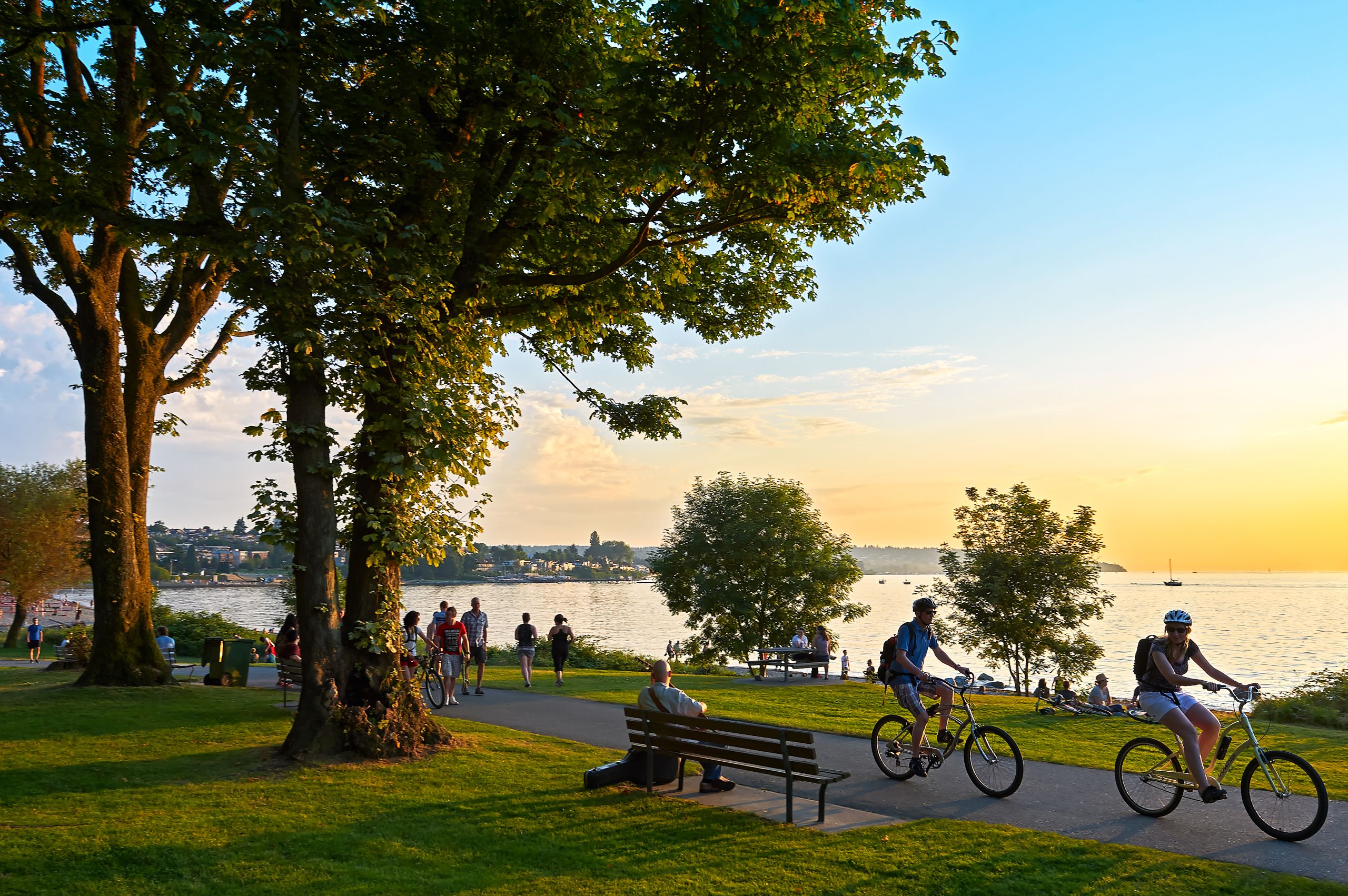

Urban Greening and
meaningful places
Dr Ian Mell

If the UK heat wave of 2021 and the ongoing COVID-19 pandemic have taught us anything about cities, it’s that their form is critical to liveability. Cities that are greener, with greater tree canopy, access to high-quality public green and blue spaces, and walkable are consistently regarded as being more attractive and prosperous. However, as land values continue to increase the focus on developing new homes, commercial, service and transport infrastructure constrains the delivery of green infrastructure.
An introduction from Dr Ian Mell
What is green infrastructure?
Green infrastructure is a network of connected green and blue spaces; for example, parks, street trees, meadows, and waterways, that provide multi-functional benefits for society. These benefits include enhancing health and wellbeing, supporting biodiversity, addressing climate change and flooding, as well as supporting economic development and prosperity via property uplift and increased spend associated with footfall. Where green infrastructure is integrated effectively into urban areas, especially new developments including Mayfield and the Victoria North sites in Manchester, we see places that are interactive, walkable, aesthetically diverse, and meaningful to a wide range of people across society.
Unequal access to green space
Due to COVID-19 people have rethought their relationships with nature, especially those people who have little to no access to private green space. As a society, we can identify the damage done by urban planning that discriminates against some communities based on ethnicity, age or income in terms of housing, education and access to the natural environment. The relationships that people have with the landscapes around them are therefore complex in terms of their role supporting health and wellbeing, economic growth, climate change mitigation and social interaction.
To create more equitable, liveable, and functional cities we need to rethink how we incorporate green and blue spaces as a first principle of development. This is not a simple task. It is one that needs to reflect the environmental, socio-cultural and economic context of a given location, be that in Manchester, Melbourne or Toronto, and find appropriate solutions to changing climatic and demographic conditions through more reflective landscape and urban design.
A multifunctional solution
Evidence suggests that in Liverpool and London, for example, a greater awareness of links between green infrastructure and climate change mitigation and health and wellbeing is being translated into “greener” strategic planning, such as in the London Plan 2021 and the Liverpool Green and Open Space Review and URBAN GreenUP project in Liverpool. Research also emphasises the added economic value that investment in urban greening in the form of street trees, parks, green walls and roofs, and biodiverse street-planting can have on local economies. Further examples of the successful alignment of issues can be seen in Berlin, Singapore and New York, demonstrating that green infrastructure offers significant benefits to society that cannot all be delivered by built infrastructure.
However, what is missing is an established business case for environmental enhancement. To ensure that cities address transport, employment and housing issues, whilst being resilient to climate change and promoting health and wellbeing, green infrastructure advocates have promoted a view that nature, in its widest sense, can deliver local and city-scale benefits at a fraction of the cost of new built infrastructure. Business Improvement Districts (BIDs), social housing providers and developers in London have all worked with environmental advocates to deliver greener streets, new parks, and better access to nature using the estimated financial returns on investment as a mechanism to support their involvement in urban greening.
In addition, the UK government is currently developing a National Standard for Green Infrastructure illustrating a commitment to the delivery of urban greening. This is aligned with the growing visibility of green infrastructure in the National Planning Policy Framework revisions. Within this work the Department for Environment, Food & Rural Affairs (Defra) and Natural England are undertaking an assessment of urban greening metrics including the Urban Greening Factor and Accessible Natural Greenspace Standard (ANGSt), that is examining how issues of location, diversity, quality and quantity of green infrastructure can act as a facilitator or barrier to the use of urban green spaces.
Embedding nature into design
Although significant progress has been made in the integration of green infrastructure into development debates there remains additional work to be done. The following recommendations should be taken as a green print to ensure that nature is designed in and funding is made available to maintain greener, more equitable and resilient places.
The main principles of green infrastructure need to be embedded in all discussions of development. Considerations of a network of green and blue spaces that provide access to a range of multi-functional and diverse spaces at a street, neighbourhood, city and regional scale should be a basic requirement.
An appreciation of the local economic, socio-cultural and ecological context is needed. This requires an evaluation of current services, housing built and infrastructure to be made to maximise existing resources and provide signposts for enhancement. Designs should not be parachuted into places without due consideration of local needs and aspirations.
Planners, designers and developers need to be conversant with the language and typologies associated with green infrastructure to effectively use it. Understanding the fluidity of ecological, socio-cultural and economic values associated with different types of green infrastructure and their fit in different urban environments is key to getting the right design in the right place.
Variability is key to successful green infrastructure. Whilst there is an assumption that Victorian park aesthetics are well received, there is a growing awareness that biodiverse habitats with varying management regimes work.
Communication and collaboration
Policymakers need to get local communities involved. Local people understand their local environment, what works, what is valued. Make use of this knowledge as it engenders a sense of ownership and involvement that can evolve into long-term stewardship.
Decision-makers should look beyond established funding streams and create collaborative partnerships with communities, businesses, schools, and other civic institutions, for example, universities or football clubs, to promote pathways for the integration of alternative funding models, such as, BIDS, Community Asset Transfers, Park Trust and endowments within management strategies.
The focus of policy and its communication to communities of interest need to be robust and developed collaboratively to promote political, economic and social buy-in.
Failure to deliver on policy objectives could jeopardise future investment opportunities.
Finally, it is important to think innovatively about what the site can achieve and work with ecological, socio-cultural and economic outcomes in mind.
Ian Mell is a Reader in Environmental and Landscape Planning in the Department of Planning and Environmental Management. Ian’s teaching and research focuses on green infrastructure planning issues in the UK and internationally.
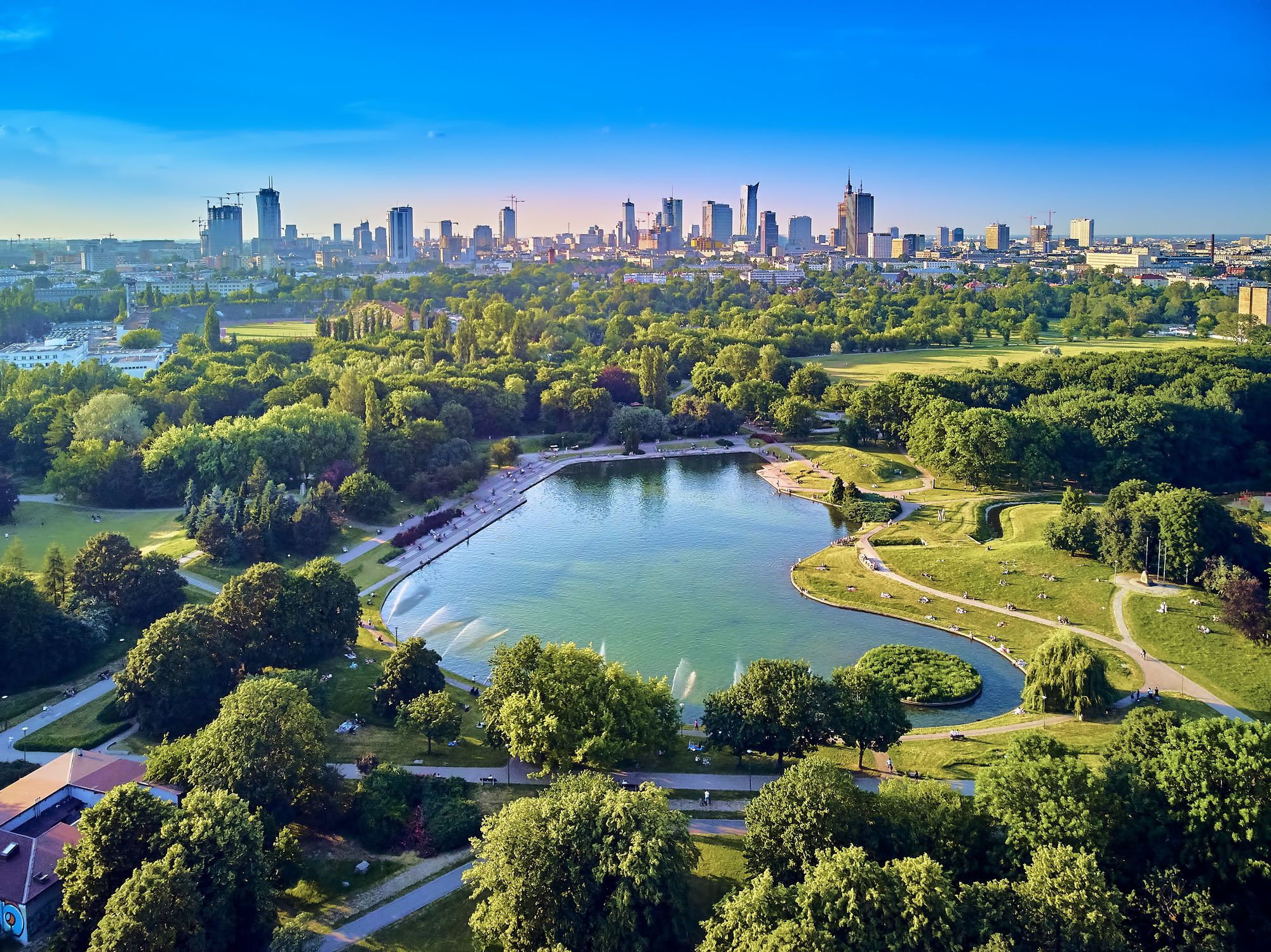
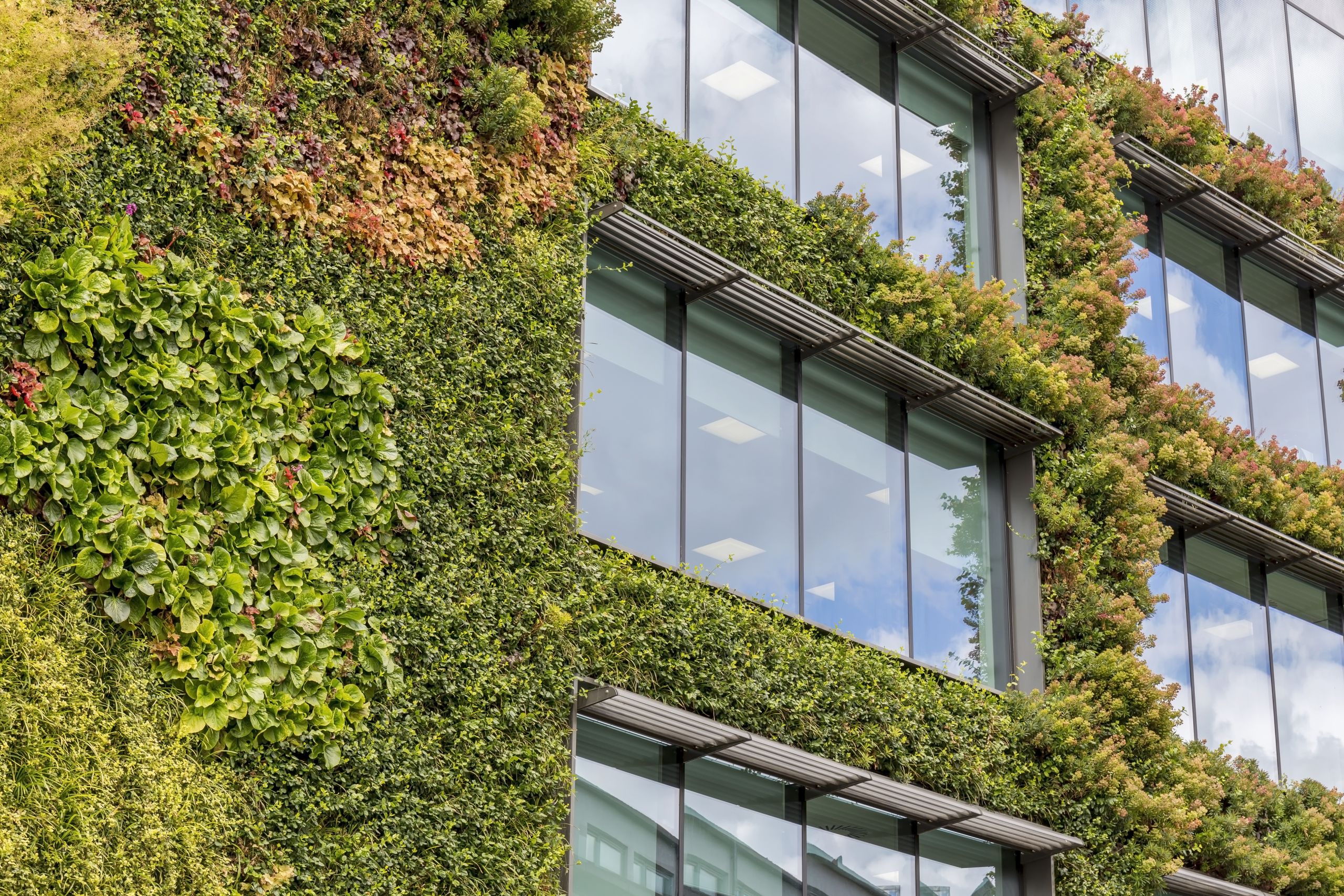
Reimagining water consumption
Dr Claire Hoolohan

High levels of water use are engrained in modern society, having become entrenched in everyday practices and locked in by social and infrastructural conditions. Yet, it is not beyond imagination that the outcomes achieved with water in domestic spaces - cleanliness, freshness, comfort, and care - could be decoupled from water (and energy) demand. Such a decoupling would valuably contribute to adapting to water scarcity and mitigating climate change.
Emissions related to domestic water use contribute 5-6% of total UK greenhouse gas emissions. Reducing emissions from domestic water use is necessary for the UK to meet its ambitious target of achieving net-zero emissions by 2050. However, current policy instruments to reduce water-related emissions remain limited in scope. Reducing water demand requires collaborative action from a multitude of actors, and increases in the scope and ambition of intervention.
The current focus on water consumption
Policy and emissions strategy, in the water industry and beyond, overlook the role that everyday practices could play in reducing domestic hot water use and mitigating climate change. For instance, though the Climate Change Committee’s Sixth Carbon Budget includes measures such as installing low-flow showerheads and heat pumps to reduce domestic water use, and Water UK’s Net Zero 2030 Route Map recommends water labelling, these measures fail to fundamentally affect the ways that water is used. Though these strategies may deliver some reductions in domestic hot water use, we must also reconfigure how, when and why water is used.
Rethinking resource use and water practices
Reimagining alternative futures of water use highlights the need for policy and strategy that is broader in scope and deeper in ambition. Appropriate action to reduce emissions from water demand should be incorporated throughout the UK’s climate change mitigation strategy. To introduce measures that target water-intensive use, policymakers must first recognise how diverse people live and use resources differently in their homes. This involves moving beyond a focus on average water use – which offers a simple yet incomplete picture of water consumption in the UK – to study the factors underlying high and low domestic water use.
For example, though a daily shower is normal for a large proportion of the population, in some houses multiple showers a day or many baths a week is more usual, resulting in much higher than average water use. In other cases, showering outside the home, or water-less ways of washing contribute to lower than average domestic water use. Mundane differences in everyday practices can result in large variations in water use. In a sample of properties, Northumbrian Water recently found that though average water use (per person) was 148 litres per day, 50% of the population use less than 118.3 litres per day and the top 5% use in excess of 290 litres per day.
Recognising variations in the timing, duration, location and nature of water use helps to identify avenues for intervention. Moreover, these diverse domestic practices reveal the various ways that water use intersect with differentiated work, leisure and care routines, cultural practices, and the built environment, helping to extend the scope of intervention beyond individual behaviour change to systemic developments that shape everyday water use.
Furthermore, more information on ownership (including the spatial and temporal dimensions) and the use of appliances should also be considered while designing policy interventions to reduce resource use. Since water constitutes an indispensable part of domestic life, understanding the complex and interconnected ways in which water is embedded in daily routines is important to reduce domestic hot water use beyond measures targeting improvements in the technical efficiency of appliances. Thus, there is a need for research on understanding and working towards different possibilities of intervention in water demand.
Shifting societal and cultural meanings of water
Building more sustainable and less water-intensive lifestyles requires a fundamental rethinking of everyday practices, particularly in regard to comfort, hygiene and luxury cultures. Visions of future cleanliness and leisure often assume that these practices will remain water-intensive. Yet, since water use intersects with lifestyles and the built environment, everyday water use changes with developments in social, cultural and material changes in society.
Realising ambitious visions about different ways of living which detach comfort, cleanliness, leisure and luxury from water and energy use remains important yet challenging. For instance, water companies that have communicated the impact of lifestyle choices (for example, by discussing showering and shaving of legs), have received public and media criticism in the past. There is a need for a much wider coalition of actors – such as interior designers, appliance manufacturers and retailers – to engage in the transition towards less intensive water use.
Adopting an interdisciplinary and holistic approach to address water challenges
Reimagining water infrastructures is necessary to decouple emissions from water and water use. Importantly, how we build and retrofit our homes is vital in turning ambitious visions into reality.
We need to be designing homes that enable different forms of everyday activity and support lifestyles that result in less intensive patterns of energy and water use.
This is an imaginative exercise which demands that we question how we will achieve the services that energy and water provide in ways that decouple everyday action from high rates of water and energy use, even in the very near future. In this regard, the role of social scientists will be especially important to study and reimagine ways in which shifts in social and cultural developments can accelerate the transition to decarbonised futures.
Current and future water challenges can be addressed through an interdisciplinary approach that brings together academics, local and national governments, and industry actors. Additionally, creative collaborations between new and unusual organisations from the health and beauty industry, the fitness industry, employers (in setting workplace dress codes and offering facilities for employees), home, kitchen, bathroom and interior designers, appliance designers and manufacturers, are needed if trends in water demand are to be changed. Systemic sustainability interventions facilitated through such collaborative efforts will be central to reducing water demand use rather than simply creating targets for less-intensive water use.
Claire Hoolohan is Research Fellow at the Tyndall Centre for Climate Change Research at The University of Manchester. She works in the field of sustainable production and consumption.
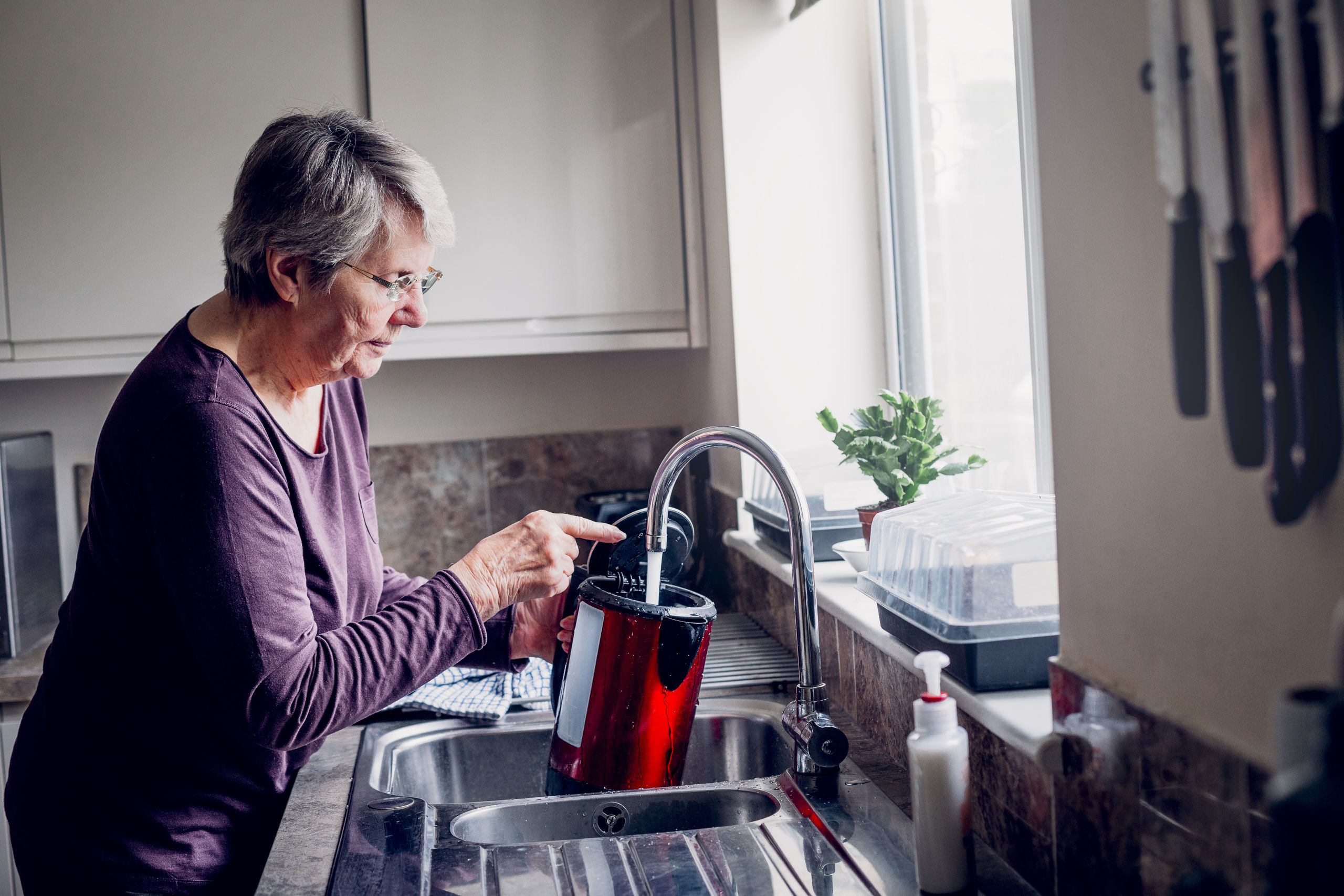

Improving air quality
in urban areas
Professor Sheena Cruickshank

Air pollution is the biggest environmental threat to health in the UK, thought to cause between 28,000 and 36,000 deaths a year. It has also been linked with the development and worsening of coronary heart disease, stroke, respiratory disease and lung cancer, exacerbates asthma and hay fever, and worsens the outcomes of respiratory infections such as influenza and COVID-19. Reducing traffic emissions and increasing green spaces in urban areas are key to reducing air pollution, but how can we make sure these measures are implemented effectively?
An introduction from Professor Sheena Cruickshank
Rapid urbanisation has led to large numbers of people that live in or very close to hotspots for poor air quality – resulting in chronic exposure. Such poor air quality also exacerbates inequalities as low-income communities often live in areas with the highest levels of exposure. There are multiple sources of air pollution, with traffic emissions being a major component; for example, engine exhaust fumes, and brake and tyre debris. Approximately 30% of particulate matter in European cities comes from road transport. Burning of refuse is another important urban source, and these multiple sources release harmful pollutants. Biological components are also found in the air, such as fungi, bacteria and pollen, and the reactions of these biological particles with chemical pollutants is thought to be more reactive for the body, causing further immune dysfunction.
Reducing traffic emissions and encouraging active travel
I and fellow researchers at The University of Manchester have done research in Ardwick, a busy community in Greater Manchester, to investigate and understand the impacts of pollution on residents’ everyday lives. Dialogue with such communities is key for understanding their perspectives as to local sources of pollution, their barriers to using more active transport measures, as well as enhancing education and awareness of pollution and its risks.
Our research with Ardwick residents and other research at The University of Manchester, co-developed with elderly residents, revealed major barriers to walking were a lack of benches and public toilets. Similarly, there is a need for wider paths so that wheelchairs and prams can use them safely. We also identified community concerns about cycling due to fears of the roads, concerns that drivers have a lack of awareness about cyclists, and crucially a lack of education about safe bike use for children and adults. These concerns could be readily addressed using separate dedicated bike lanes, places to park or store bikes safely, and lessons promoting cycle safety and awareness for all road users.
An effective way to capture local context and knowledge is to work with the community to train and develop community-based researchers.
These researchers should be drawn from the different social networks in the community, such as residents’ associations, church groups, women’s groups and green groups, to ensure diversity and enhance reach. The researchers can then act as a hub to gather, interpret and link information. Citizens’ assemblies and community group discussions are also useful approaches to disseminate information and gather views. To be mindful of differing literacy levels and languages, we have also employed the use of visual notes during community discussion sessions in local areas to both capture ideas and share them in a more accessible way with residents and policymakers.
Increasing green spaces
Careful thought should be given to planting in urban areas as plants can be an important source of pollens, causing and dangerously worsening allergy and asthma symptoms. Often developers prefer to plant male plants as only the female plants shed fruit, seeds and pods that may be perceived as unsightly or unhygienic if left to rot. However, male plants produce pollen and an over-abundance of male plants will dramatically impact air quality. Planting a mixture of both male and female plants can reduce such risks of over-abundance.
As well as being aesthetically pleasing, plants can help reduce the local impacts of poor air quality. Trees and plants can filter pollutants via their leaves and disperse large concentrated areas of pollutants. However, trees are a source of volatile organic compounds (VOCs) and in areas that are highly built up it has been found that they can actually trap and worsen levels of pollutants. In built-up areas with narrow streets or high rises, more hedges and living walls can be considered. Thought should be given to maintaining and promoting biodiversity of plants, insects and animals. As well as large parks, the inclusion of multiple small green spaces, including small gardens, green roundabouts and roadside verges can all contribute to enhancing the local air quality and promote wellbeing.
Green spaces and wellbeing
Green spaces enhance wellbeing and are useful hubs for communities. However, these need to be easily accessible and appropriate for the primary uses of the residents. For example, a family area may be best suited to having a play-park rather than a more decorative park, whereas the latter might be more appropriate for retired people who might dislike the noise from children’s parks.
It is important to foster a sense of community ownership for green to ensure they are well maintained and used. Our work showed that the local allotment and orchard are valued inclusions to the area and the allotment acts as a major social hub supporting many community initiatives. Understanding the social networks within a community and their requirements will also ensure such initiatives are maintained to a high standard, adding to the appeal of the area. For example, orchards require people to use and pick the fruit to avoid problems with fruit falling to the ground, rotting and attracting pests. Links to community hubs such as churches, foodbanks or community centres may enable excess produce from allotments and orchards to be given freely to residents.
Community engagement
Community engagement is key to getting it right and truly improving an area. Consultation with communities to define issues such as schools that have poor air quality which can be targeted with action for improvement, for example, using tools developed in The Clean Air for Schools Framework. Similarly, planning the roads and green spaces around schools can enhance the air quality.
It is crucial to measure health outcomes for residents. Having a working group looking specifically into health and wellbeing in an area could find key issues that could help Public Health departments to tackle big health inequalities as well as building these considerations into shaping urban planning.
Residents need to feel heard and be part of the change journey. Liaison officers acting between organisations are useful ways to get to know residents but it is also good to bring in paid community members to bridge the gaps between the liaison officer and the community. Creating a sense of place, pride and ownership helps foster a thriving and connected community that looks after the area. For example, residents could help choose plants and be involved in planting and maintenance. Opportunities to incorporate artwork and other visual assets that relate to the area and its history could help it retain its identity and share the stories behind it. Reaching out to and commissioning work from local groups and artists to run community workshops might be beneficial to ensure the identity of the area isn’t forgotten or overlooked, and instead becomes a feature.
Only by working with communities can we understand and define their needs to create healthier, greener spaces and improve air quality for all.
Sheena Cruickshank is Professor in Biomedical Sciences and Public Engagement at The University of Manchester. She researches the immune response to infection, injury and pollution and works with diverse communities to shape and direct research.


Incorporating health and wellbeing into housing developments
Dr Caglar Koksal

The impact of housing on health and wellbeing is now widely recognised. Good quality, affordable housing improves personal and social wellbeing, creates sustainable communities that attract investment and jobs, and can reduce our carbon footprint and improve the environment. However, delivering healthy homes still remains a big challenge. It requires urgent action involving all sectors of the built environment, but how can we rise to the challenge and create homes and places where it is possible to live a happy, healthy life?
Housing and health inequalities
The COVID-19 pandemic has exposed how housing inequalities can inhibit the capacity of households to adequately respond to lockdowns and changed patterns of work and leisure. Overcrowded households, defined as having more than one person per room in a household excluding bathrooms and kitchens, is a major factor for the spread of COVID-19. Poor house ventilation, which is a major cause of indoor air pollution and already has a disproportionate impact on low-income houses, is another major factor driving the virus’s spread. The quality of design and the built form as a determinant of health and wellbeing have a lot of potential to improve health and wellbeing if the quality of buildings and open spaces is high. Good housing is key, but the planning for the area must also allow better access to employment, leisure and recreation opportunities to positively impact health and wellbeing.
Unhealthy homes and neighbourhoods
The UK doesn’t have the best track record of high-quality house and neighbourhood design conducive to healthier lifestyles. Far too many new housing developments are car-dependent, lacking sustainable modes of travel or adequate open and recreational space. They are often not walkable and have a poor sense of place, leading to unattractive and unfriendly environments that make it difficult to be physically and socially active, and that don’t support wellbeing and mental health. In fact, the Building Better, Building Beautiful Commission, which advised government on how to promote and increase the use of high-quality design for new build homes and neighbourhoods, found that housing developments of the last century were often less beautiful than that of Georgian, Victorian and Edwardian periods in terms of settlement pattern, place-making, and building design. The National Housing Audit revealed that there are also long-standing inequalities within the housing system, which have led to an uncomfortable trend towards delivering less healthy developments for less affluent communities.
What can housing developers do?
Both developers and local planning authorities need to work together to deliver healthy homes and neighbourhoods for everyone.
Developers can incorporate health and wellbeing into housing developments by preventing bad health outcomes such as reducing air pollution and promoting good health outcomes such as encouraging active travel.
By doing so, developers can also contribute to redressing long-standing health inequalities such as increasing accessibility for disabled people. Developers cannot dictate how people should live their lives, but can manipulate the shape of the built environment to remove barriers to healthier lifestyles, discourage unhealthier habits and encourage good behaviour towards happier and healthier lives.
The real estate consultancy Knight Frank found that high-quality housing that promotes health and wellbeing does not necessarily erode returns and, in fact, can provide up to 15% value at the upper end of the market. At the lower end, where financial viability of the project is compromised, long-term investment in the area and close collaboration with planning authorities on the matters of planning risk, planning costs, and infrastructure costs can deliver positive public health outcomes. For example, a mixed-use development delivering strong place-making and retail environment can bring huge return on business rate and council tax revenues for the council, which could justify some level of public subsidies to deliver health benefits in challenging locations.
The role of local authorities
However, the onus is on local authorities to set high health and wellbeing aspirations for housing developments. Judging by the most recent large scale housing developments and when the demand for housing remains exceptionally high, developers have very little incentive to promote health with their schemes. The primary concern of most house builders is to deliver profits for their investors. However, local authorities can motivate and inspire developers to work together and create healthier places. For example, local authorities can ask all major developments to demonstrate a health net gain with their development, provided that local evidence substantiates such a requirement. If a development demonstrates health net gain, for example, the local authority can grant an accelerated planning permission, which would lead to huge cost savings and contribute positively to the viability of the proposal. Health net gain can be adaptable to locality and it could refer to any acute local health issues such as respiratory diseases or obesity.
Furthermore, local authorities can set robust design standards, which are now strongly supported by the National Planning Policy Framework, to positively influence design quality. These could include a well-connected network of attractive, safe, convenient transport corridors with separated pedestrian and cycle routes, high-quality open and recreational green spaces, and decent homes built to the highest standards, such as BREEAM of which health and wellbeing are part.
Delivering healthy homes and high-quality neighbourhoods requires a strong steer from local leaders, who are responsible for establishing a unifying vision for their area and helping planning departments and public health teams inside local authorities work together to implement the shared vision. At a minimum, local authorities’ corporate strategies should outline how they address local health and wellbeing needs with the help of their housing strategies.
Caglar Koksal is a Research Associate and Lecturer in Planning at The University of Manchester. He investigates how health matters can be factored into the complex urban development decision-making process.
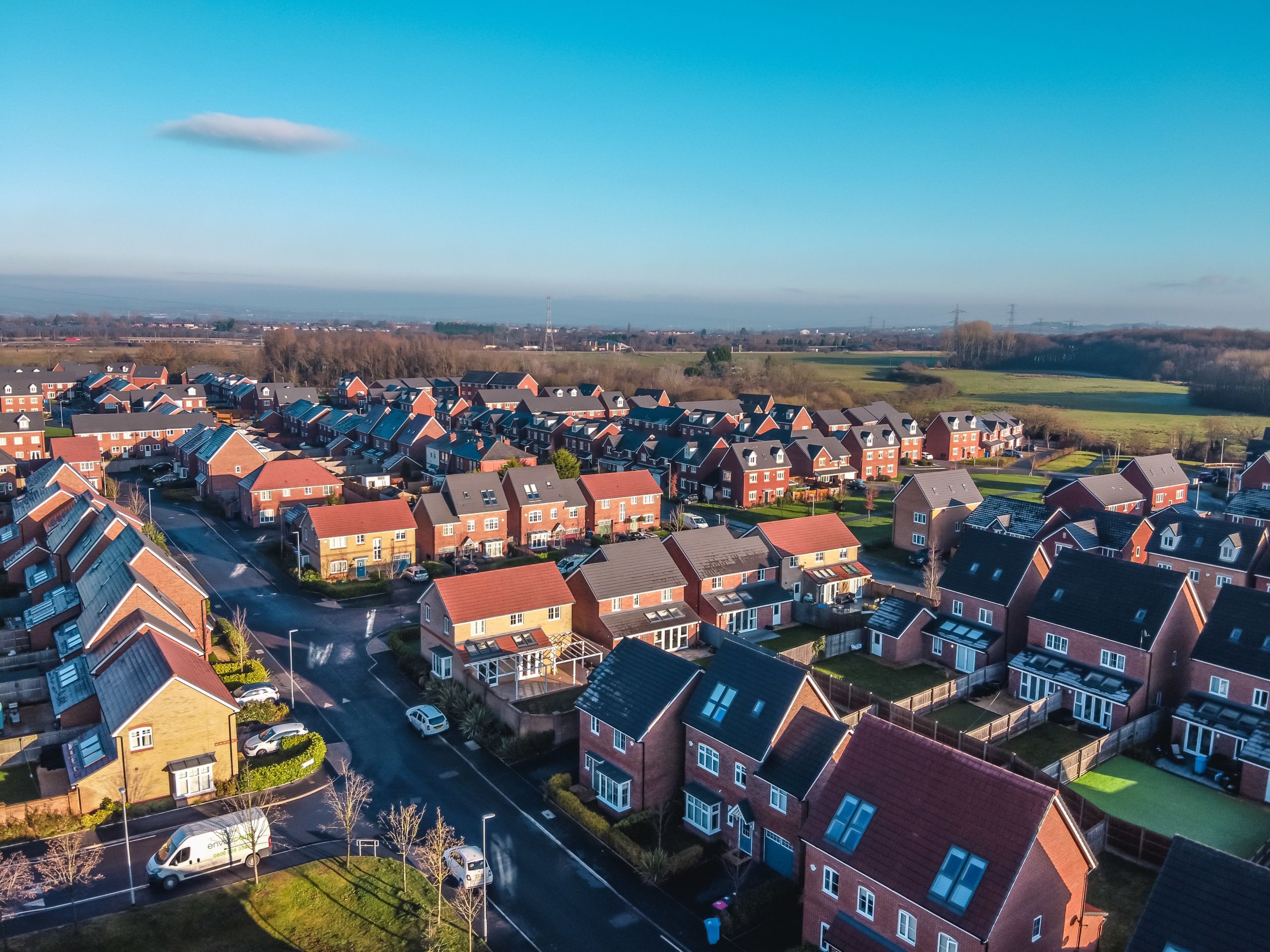
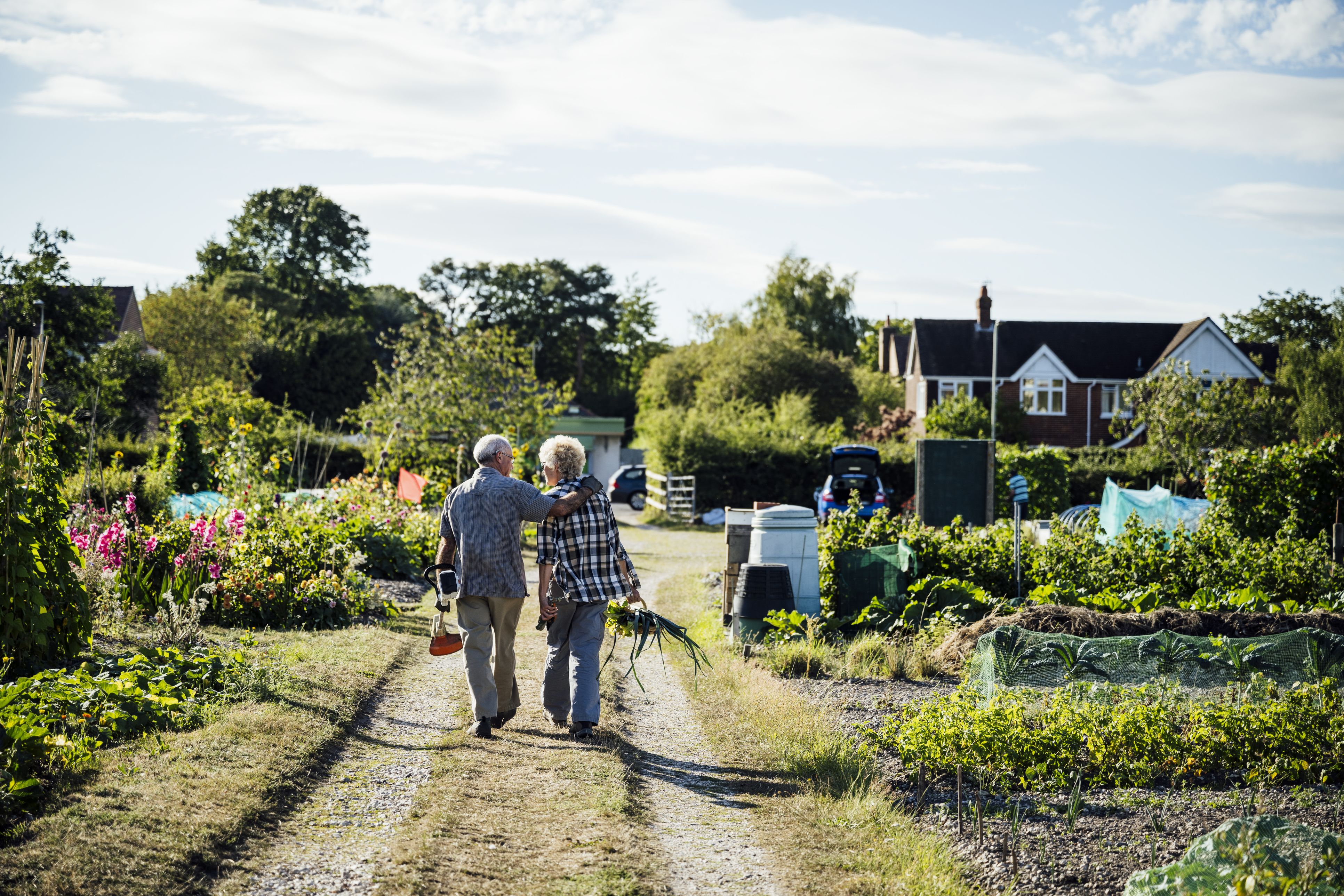
Decarbonising domestic heating
Claire Brown

Home is where the heart is, but with climate change the way our homes are built and required to function is shifting. Overheating is just one example that is being discussed at length within the academic and commercial sectors. Projections for UK homes in 2050 and 2080 show significant issues around overheating and sustained overheating during longer periods than currently designed for. UK cities and towns of the future will have to take note of this and construct homes with climate resilience at their core.
As communities change as a result of climate change impacts, housing will undoubtedly need to adapt to the needs of these communities. The Building Research Establishment (BRE) and Homes England Home of 2030 competition challenged housing professionals to think about how this might look. The support of Homes England for this competition shows support for thinking about future housing needs and how innovative approaches are required. The resulting joint winners identified two keys areas for consideration: the need for community-led self-build projects, and the need to multigenerational communities that reflect a changing dynamic. What this means is a change from what we are seeing at scale – developments that permit autonomy in design options, but also consider the benefit to communities by having a diversity of generations. This offers an opportunity for climate resilience as well.
The importance of building standards
Current UK policy does not reflect the standards to which houses need to be built to reduce our carbon emissions, or build resilience in housing stock for a changing climate. The deregulation of the requirement of the zero-carbon home in 2016 is reported to have resulted in almost 800,000 homes being built to lower energy standards leaving new homeowners and tenants in properties that will need retrofitting to then meet climate-resilient or energy-efficient standards.
While there are promising discussions around support for a decarbonised UK residential sector – there is little within current UK legislation to support this. However, within the devolved government of Wales, progress is being made. The Welsh government has announced that from October 2021 no new social homes will be built with a gas boiler to achieve an Energy Performance Certificate (EPC) rating of A. This is a step in the right direction for decarbonising the UK’s residences.
Gaps in the legislative landscape
Homes within the UK are predominantly built for heating demand, but with a changing climate, this is likely to also include cooling demands. Homes are predictions of future lifestyles as they are built for ways of living that demand certain levels of resource use.
We need to be designing homes that enable different forms of everyday activity, to support lifestyles that result in low-intensive patterns of energy and water, such as moving from a car-centric philosophy to one that considers the importance of pedestrian routes and safe cycle routes and has a decarbonised heating service at the core.
This has wider links to co-housing schemes such as the example at Lancaster Co-housing where the onus is on the community work together. They have an electric car share scheme and weekly cooking provided for all residents. The design is also the most efficient it could be at the time of construction, meeting Passive Haus certification on levels of air tightness and insulation.
Designing buildings which can adapt to lifestyles and the climate will be essential. Having a home that you can stay in, or that can easily be adapted, was previously a building certification scheme. The Lifetime Homes Standard reflected demand for homes that could allow a person to remain in their own home, even if that meant a lifestyle change; for example, if someone was confined to a wheelchair the door frames would be built to be wide enough for a standard wheelchair, or a downstairs toilet, if included, would mean access for someone who might struggle to use an upstairs bathroom. However, like the Code for Sustainable Homes which it was part of, this is no longer a legal requirement, leaving another gap within the legislative landscape to push improvements.
How can we meet carbon emissions targets?
The gap that exists can be fixed, but it will take clear leadership, collaboration and strong legislative support to enact the change that is needed. The Committee on Climate Change released a study in April 2021 that highlighted the pathway for change needed to meet the Sixth Carbon Budget between 2033 and 2037. This found that more rapid deployment of energy efficiency measures for UK homes is needed and current support means it might be missed. Missing the target for the Sixth Carbon Budget would be a huge concern to those who have so long campaigned for energy efficiency measures to be key in the UK decarbonisation plan and for private home owners who want that policy support for house improvements. The Local Authority Delivery Scheme element of the Green Homes Grant meant that local actors have been able to access resources to improve homes within their boundaries, but what is needed is more and at scale.
Supporting the proposed new policies in line with meeting the Sixth Carbon budget and updates to building regulations is a key way that the UK can progress. The Future Homes Standard will be a key asset, as long as it is as stringent and progressive as it can be. Adding in vital stepped improvements for tighter regulations on building materials and lower heat loss will benefit new housing and new buildings. This would make meeting the UK carbon emission reduction targets possible, and would mean taking responsibility at the global level to do all that is possible to support a lower carbon future and minimise the risk of significant climate change negative impacts. It would mean we at least have a chance of meeting the targets for reducing UK carbon emissions to limit the predicted negative impacts of climate change, which will see warmer and wetter weather for the country.
The Ministry of Housing, Communities and Local Government is at the core of this step change that is needed. The guidance and policies that come out of this department are key and the change. The UK Committee on Climate Change themselves reported in the 2021 progress report to parliament that some progress had been made around the energy sector, but that a strong Heat and Buildings Strategy is needed to maintain the required sustained reduction in emissions, with recommendations that overheating risk should be prioritised to address the risk within homes via the building regulations. As Lord Deben said, “We are in the decisive decade for tackling climate change. The government must get real on delivery.” Action and delivery is what is needed, and now.
Claire Brown is a PhD Researcher at the Tyndall Centre for Climate Change Research at The University of Manchester. Her research focuses on addressing issues around heating and cooling demand in social housing in the UK.

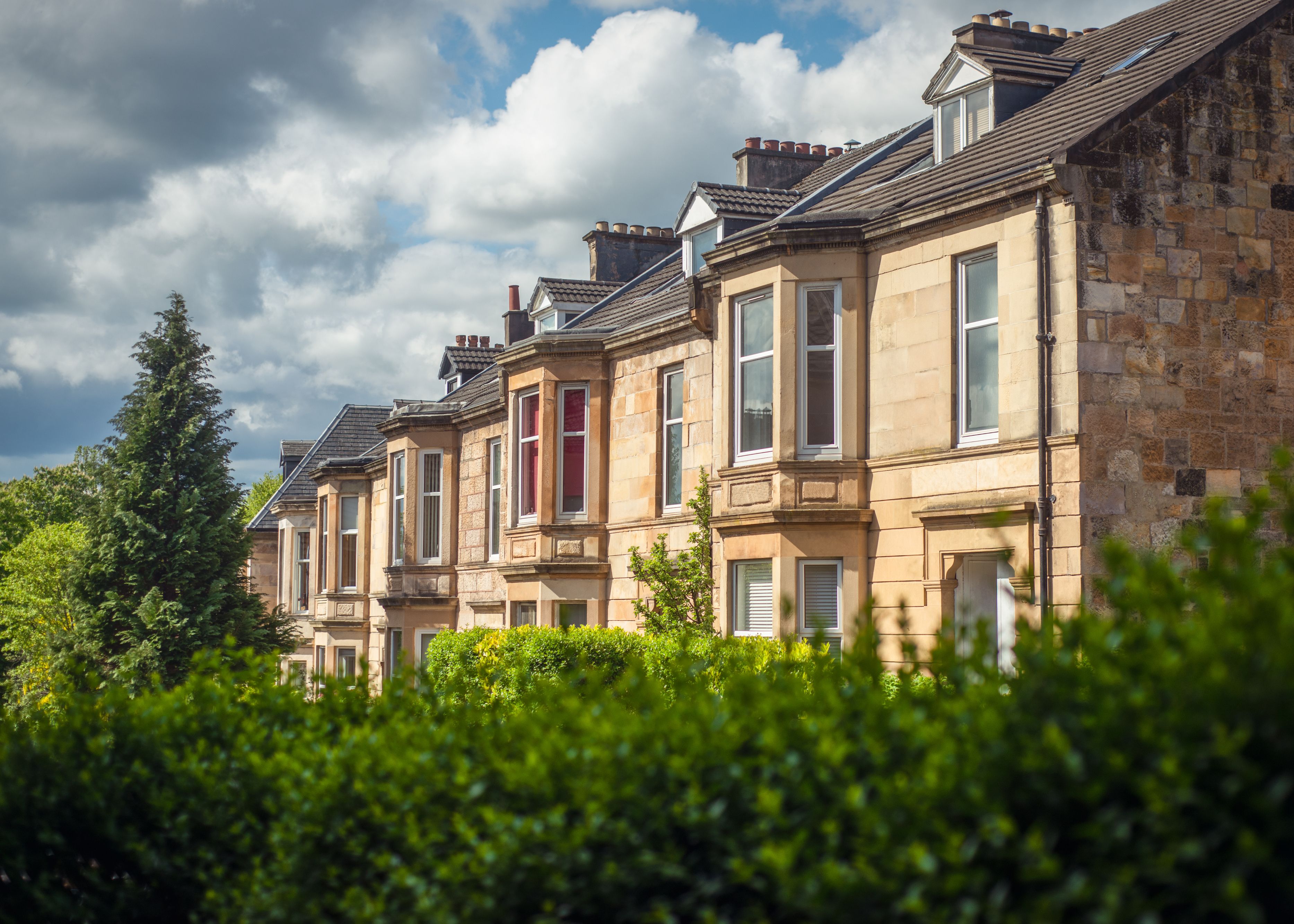
Policy@Manchester Analysis
The following interactive graph uses data derived from the Health Index to compare various indicators between 2015 and 2018. The Health Index has been developed by the Office for National Statistics and adopts a broad definition of health, including health outcomes, health-related behaviours and personal circumstances alongside wider determinants of health that relate to the areas where people live.
Click on the figure to select various health indicators and view 2018 values compared to 2015 across the ten boroughs of Greater Manchester. A score of 100 on the Index or any indicator means health is at the same level in the respective local authorities as it was in 2015. A higher score (above the green line) in 2018 means health is better than it was in 2015.
A larger version of the interactive chart is available on Tableau.
More information about the data is on the ONS website.
Analysis and ideas on urban development, curated by Policy@Manchester
With special thanks to our contributors:
Jamie Anderson is Research Associate in Geography at The University of Manchester and Head of Wellbeing at BuroHappold.
Claire Brown is a PhD Researcher at the Tyndall Centre for Climate Change Research at The University of Manchester.
Sheena Cruickshank is Professor in Biomedical Sciences and Public Engagement at The University of Manchester.
James Evans is Professor of Geography at The University of Manchester.
Claire Hoolohan is Research Fellow at the Tyndall Centre for Climate Change Research at The University of Manchester.
Caglar Koksal is a Research Associate and Lecturer in Planning at The University of Manchester.
Ian Mell is a Reader in Environmental and Landscape Planning in the Department of Planning and Environmental Management.
Luke Munford is Research Fellow in Health Economics at The University of Manchester.
David Topping is Professor of Atmospheric Science at The University of Manchester.
All opinions and recommendations made by article authors are made on the basis of their research evidence and experience in their fields. Evidence and further discussion can be obtained by correspondence with the authors; please contact policy@manchester.ac.uk in the first instance.
Read more and join the debate at: blog.policy.manchester.ac.uk
www.policy.manchester.ac.uk
@UoMPolicy #BuildingUtopia
September 2021
The University of Manchester
Oxford Road, Manchester
M13 9PL
United Kingdom
The opinions and views expressed in this publication are those of the respective authors and do not necessarily reflect the views of The University of Manchester.


